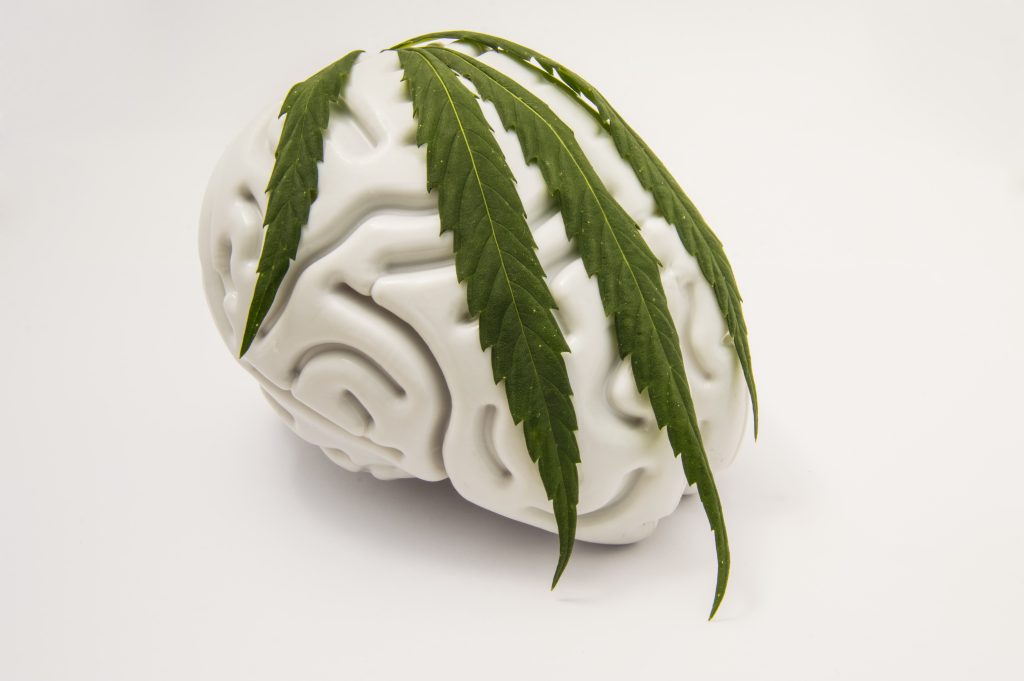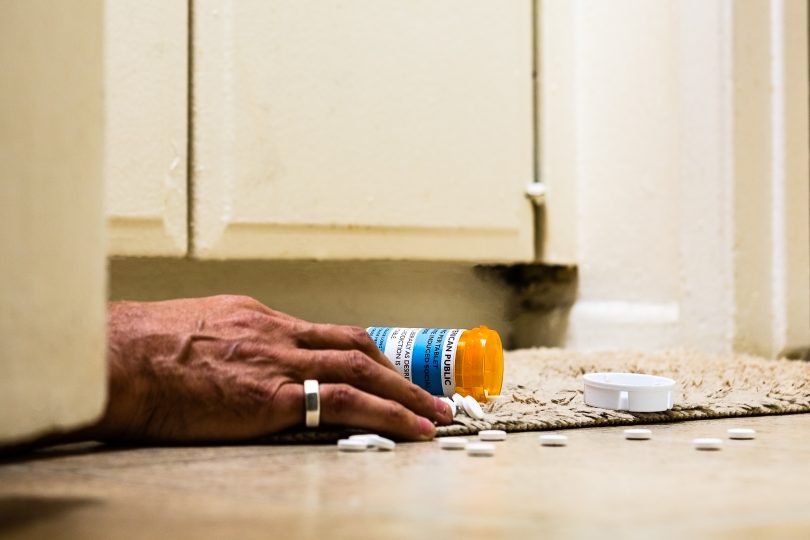2020 wasn’t a good year for anyone but the companies operating during the pandemic. And this is now reflected in the massive increase in opioid use throughout the US. What was already a huge problem, is now skyrocketing out of control, thanks, in part to quarantine. Is cannabis the answer to this growing opioid epidemic?
There are tons of reasons to use cannabis, and one of them is for pain. In fact, cannabis could be the best answer for the massive, and growing, opioid epidemic in the US. Whether you’re interested in it as a pain remedy, for some other medical purpose, or just to feel good, the important thing is to get the right product. One of the best medical AND recreational options, is delta-8 THC. This alternate version of THC causes less anxiety, less couch locking, and slightly less psychoactive effect, which leaves the user with more energy. If this sounds good to you, check out our array of delta-8 THC deals, and pick your favorite product.
Where were we before this year?
Prior to 2020, and the start of corona and forced quarantine measures, there was already an opioid issue in the US, and not a small one. Different sources have different numbers, but despite discrepancies, the one clear fact, is that this is a massive problem. For example, whether you go with hhs.gov, which puts overdoses in 2019 at close to 71,000, or drugabuse.gov, which puts it at 50,000, a lot of Americans died that year because of these drugs. Since hhs.gov gives more statistics, we’ll use this site to get an idea of what we’re dealing with numbers-wise. In the year 2019, these things happened:
- Opioid overdoses – 70,630
- People who used heroin – 745,000
- People who used heroin for the first time – 50,000
- Heroin-related overdoses – 14,480
- Misuse of prescription painkillers for 1st time – 1.6 million
- Misuse of painkillers in general – 10.1 million
- Synthetic opioid deaths – 48,000
And a few more facts:

In 2017, more than 191 million opioid prescriptions were handed out. That means 58.7 prescriptions written for every 100 people. Primary care physicians – who were not supposed to be doling out opioid prescriptions as a first approach, were doing so at the rate of 45% of all prescriptions written. And the economic burden from all of the health care, emergency care, addiction treatment, lost productivity, and criminal justice response, costs approximately $78.5 billion a year. What a waste of money!
These numbers might not be completely accurate, but they tell a compelling story. For one thing, over 70,000 people dying in one year of overdoses is insane, considering how many of these people were prescribed the drugs they overdosed on. We are not dealing with a street drug issue, and this should be clear from the numbers. We’re dealing with a pharmaceutically funded, physician-pushed, crisis. The fact that heroin use paled in comparison to prescription painkiller use by such massive margins, is astonishing.
Furthermore, the idea that the term ‘misuse’ is used in the case of prescription drugs, with such large numbers attached, goes to show that the powers that be, want to put the onus of this, on the drug users themselves. This, despite that fact that the numbers show it can’t be expected that people will be able to use such drugs correctly. Probably because of their incredibly strong addictive properties. It is not for patients to determine if a drug is safe for how its prescribed. That’s for doctors. The information above shows that trained medical professionals often do not ask the right questions, do not understand what they’re working with, and do not know how to find information for themselves.
What happened in 2020?
2020 really wasn’t a good year for most people. A lot of jobs were lost, a lot of plans broken, a lot of life, completely stalled. And this involved forced quarantines whereby the population was made to stay at home, even as paychecks ran out, and the ability to put food on the table was diminished. People eschewed seeing friends and family, and even getting basic exercise, at the behest of the government.
While this is still a touchy subject for many, I would be remiss if I did not point out, that many of the same pharmaceutical companies profiting off the opioid epidemic, are the same ones pushing people to get corona vaccines. And the same doctors who could not think for themselves, and prescribed those opiates, are the same ones telling people they should get vaccinated. If ever there was a time to question something in life, this is that time.
But this article isn’t about corona vaccines, and that’s a different subject. For our current purposes, we want to see how the events of the past year affected opioid use. And the answer isn’t a pretty one. According to Marketwatch, and preliminary data from the CDC, opioid overdoses went up a full 30% in 2020, fueled mainly by stress and isolation. Whereas there is a discrepancy for numbers for 2019 – 50,000 and 70,000, the number for 2020, is 93,331, well above either estimate for 2019. This is the sharpest increase in three decades.
The main culprit? Not heroin, but fentanyl. One of the pharmaceutical versions to make it big. Fentanyl was already on the rise starting in 2019 – once again, probably because it’s a highly addictive drug that got prescribed by doctors not able to think for themselves – and picked up speed in March 2020 when lockdowns started. Not only is this an example of doctors unable to do their jobs properly, but of pharmaceutical greed, and the idea of ancillary damage. These deaths were not caused by the corona virus, but the reaction to it. These deaths can be put with those that will come from the increase in poverty, and lack of government resources.

Treating pain
I think it would be massively insensitive, and fundamentally wrong, to say that cannabis can do exactly what opiates can, it cannot. Opiates are literally numbing, which is why they’re so good for pain. They attach to receptors in the body that block pain messages from getting to the brain, so you literally won’t feel the pain you’re actually meant to feel. On the other hand cannabis treats different kinds of pain in different ways. Cannabis treats physical pain (nociceptive), by reducing inflammation – since pain is a result of inflammation due to injury.
This happens by reducing inflammation, and blocking the inflammation pain signal to the brain. Cannabis also treats neuropathic pain – or damage to the nervous system. This pain is more difficult to treat since its not inflammation based, but results from damage to nerve cells. This can be done through activating serotonin receptors, or the activation of CB1 receptors. Cannabis can even treat difficult unclassified pain, like fibromyalgia, although admittedly, it is not well understood how.
The idea that we might need to experience a little pain in life, is uncomfortable, but realistic. However, we’ve gotten to the point where basic pain isn’t accepted anymore. Take childbirth, for example. No one used to have epidurals. Women gave birth for millennia without the use of drugs. Do you know any woman now who accepts the idea of childbirth without an epidural? It’s the same concept with other types of pain. Have a minor headache? Pop a Tylenol. Got a scratch? Take Ibuprofen. Twist your ankle a bit? Well surely you need something super heavy like opiates.
Cannabis as an answer to the opioid epidemic
Backing up that cannabis can be an answer to the opioid epidemic, this 2020 systematic review came out highlighting how cannabis use can reduce opioid dosages when used in tandem: Medical cannabis for the reduction of opioid dosage in the treatment of non-cancer chronic pain: a systematic review. The review shows an overall reduction in opioid use of 64-75%. These studies specifically did not deal with cancer-related pain, but do show that 32-59.3% of the non-cancer opioid users studied, were at least partially substituting opioid use with medical cannabis use to control their pain.
It is true that not a huge amount of research has been done on this topic, but other systematic reviews, like this one, also show positive results for cannabis use for pain: Cannabis and Pain: A Clinical Review. As more research is done, more specifics can be put out there for what kinds of pain exactly it can treat. What should be remembered, is that, even if it doesn’t numb pain quite as well as opiates, it also doesn’t come with a risk of death.
Perhaps our own training in dealing with pain is partly to blame. We have been groomed to not feel things, and opiates play into this. Cannabis can help with pain, but not in the same way. In a realistic and manageable way, yes. In a completely-numb-you-out-and-feel-nothing-way? No. And maybe that’s good. Maybe its better to take the edge off of something manageable, than to numb ourselves to the point of addiction. If cannabis had been used over opiates in all but the most extreme of cases, the country would be filled with stoners, not opiate addicts waiting to overdose.

Cannabis use for pain is seen both inside and outside of America. According to a Gallup poll from a few years ago, 40% of respondents specifically said they use CBD to treat their pain. Go across to Europe, and apparently 3/4 of the cannabis prescriptions written in Germany, are for pain.
How did this problem start?
In questioning whether cannabis is an answer to the opioid epidemic, perhaps we should ask, how did the whole problem start? Though the government is willing to give us plenty of information to back up a problem, what the government isn’t quite as loud about, is that it allowed this to happen. As in, the body meant to regulate and protect our country, allowed pharmaceutical companies to produce these medications, and for doctors to distribute them at will. This issue exists because the government allowed it to.
The CDC likes to try to break it down in a way that doesn’t put all the blame on government. The organization highlights three different waves of opioid deaths, starting in the 90’s. It started because of opioid prescriptions being given out at that time. Now, lets remember, heroin has been used for centuries, and there were plenty of junkies prior to pharmaceutical companies getting in on it in the 90s, yet somehow it wasn’t considered an epidemic until pharmaceutical companies intervened. That says an awful lot. The CDC claims the second wave came around 2010 with an increased use of heroin, and a third wave beginning in 2013 because of synthetic opioids like fentanyl.
Sounds like the CDC manufactured the second wave to try to make it seem like this wasn’t a pharmaceutical issue, when in reality, it makes very little sense for there to be a spike in heroin use, in between two waves of pharmaceutical opioid growth. In fact, I don’t see other publications making the same statement, and if they do mention any kind of rise in heroin overdoses, its related to poisonings, like cutting fentanyl with heroin, or because of not getting access to the pharmaceuticals. Which roundly puts this issue in the pharmaceutical/government court for blame. This is NOT a heroin issue, this is a pharmaceutical opioid issue.
How were so many doctors willing to ignore their training and prescribe these drugs? Excellent question. And while I can’t speak for what would allow a medical professional to be that bad at critical thinking, I will say that this should be remembered at times (like now) when drugs being put out by the same corporations, are being so heavily pushed by the same doctors who couldn’t establish in their own minds, that prescribing highly addictive drugs might cause a problem.
Cannabis an an answer to the opioid epidemic – Conclusion
No one ever said cannabis can do everything, and no one ever said it would take away all the pain a person has. But it can give a realistic alternative. So much so that the NFL wants CBD to treat the pain of its players. Maybe its not bad to experience a little pain in life. Maybe cannabis is a great answer to the opioid epidemic, so long as people are reasonable and realistic about what to expect. And maybe, just maybe, if people aren’t put on opiates as much in the future, we won’t have to continue having this discussion.
Welcome! You’ve made it to CBDtesters.co, your best internet location for the most interesting, and up-to-date cannabis-related news worldwide. Give us a read-thru daily to stay aware of what’s going on in the quickly-changing universe of legal cannabis, and sign up to receive our newsletter, so you’re always on top.
Disclaimer: Hi, I’m a researcher and writer. I’m not a doctor, lawyer, or businessperson. All information in my articles is sourced and referenced, and all opinions stated are mine. I am not giving anyone advise, and though I am more than happy to discuss topics, should someone have a further question or concern, they should seek guidance from a relevant professional.
CBD Testers Wholesale Opportunities
Click HERE to learn about our wholesale opportunities and get immediate access to premium CBD, CBG, CBN, CBC, CBL, THC, Delta-8, Delta 10 THC, THC-O & THCV products.










You have written on an important topic, Sarah. But it does not mean that anybody can start taking CBD Oil as self-medication. Although CBD is good and has certain advantages over opioids that usually cause addiction to the human body, we cannot neglect a CBD withdrawal strategy. So again, CBD does not cause addiction, but setting CBD dosage for pain treatment and changing it over time are essential topics in this regard, and I hope that you will be covering these in future posts very soon.